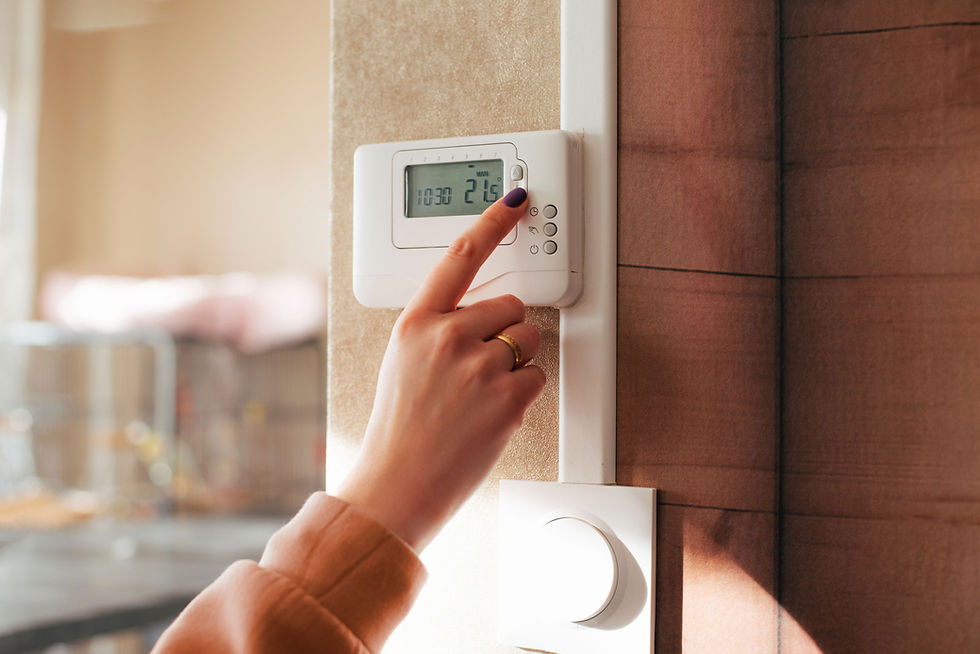Electricity Rate Hikes Aren’t Going Away — Here’s Why
- OwnWatt
- Apr 15
- 2 min read
Updated: Apr 17
If your electricity bill feels like it's been lifting weights lately, you're not imagining things. Over the past few years, utility rates have been on the rise—and it's not just a one-time bump. It's part of a broader, long-term trend driven by some big, unavoidable realities.
Let’s start with Pacific Gas and Electric (PG&E). Between 2018 and 2024, average residential rates jumped from around $0.27 to $0.38 per kWh—a 40% increase above inflation. Ouch. And they’re not alone.
DTE got the green light for a $217 million rate hike in Michigan in 2025.
NV Energy wants to raise rates by 9% in Southern Nevada.
Florida Power & Light (FPL), a NextEra Energy subsidiary, is seeking approval to add a surcharge in 2025 to recoup $1.2 billion in hurricane recovery costs.

Clearly, this isn’t just a blip—it’s a pattern. And there are several forces driving it:
Why Rates Are Rising (and Will Keep Rising)
Aging infrastructure: Much of the grid is decades old and the cost of upgrades is hitting now.
Extreme weather: Utilities are spending billions to harden the grid against wildfires, storms, and other climate impacts.
Clean energy transition: Building utility-scale solar, wind, and storage requires major investment.
Inflation & labor: Rising costs and workforce pressures are hitting utilities like everyone else.
So What Are People Doing About It?
They're not just grumbling and paying more—they're looking for options. And one stands out: solar + battery storage. More and more homeowners are deciding that if their utility bill is going to act like a roller coaster, they'd rather build their own ride.
In fact, in the first half of 2024, over one-third of homeowners who went solar via EnergySage also added battery storage—a big leap from just 10% the year before. That shift is powered not only by rising rates, but also by falling costs of solar panels and home batteries.
It’s Not Just the Cost—It’s the Reliability
On top of the rate hikes, many utilities are implementing Public Safety Power Shutoffs (PSPS)—intentionally cutting power during fire-risk conditions. That means more people are dealing with outages, sometimes during heatwaves or wildfire evacuations. Not great. All of this is driving a new kind of thinking: “Maybe I should just generate and store my own power.”
The Bottom Line
Electricity rates aren’t dropping anytime soon. But as the grid evolves, more people are taking control of their energy future—with solar, batteries, smart tech, and a push for independence.




Comments